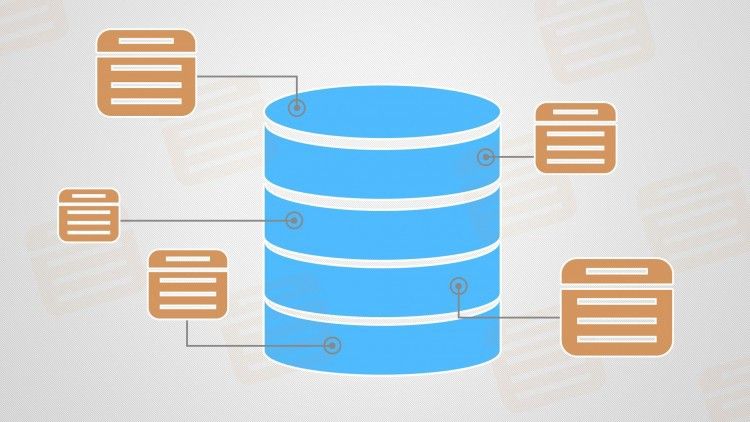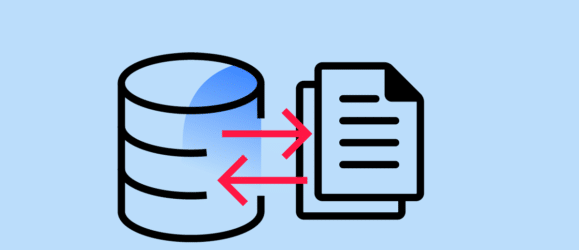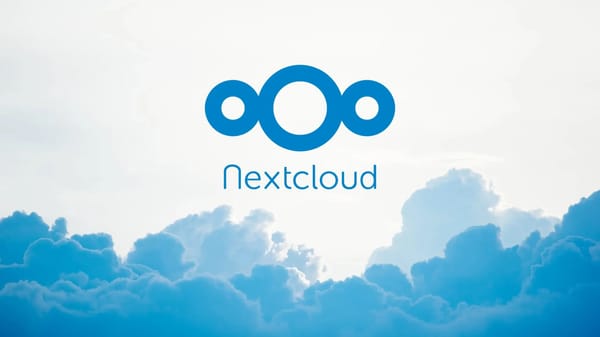Database Version Control with Liquibase: A Beginner's Guide

Introduction: -
In the dynamic landscape of software development, managing database schema changes efficiently is crucial for ensuring the stability and scalability of applications. Liquibase, an open source database. It's a free tool that helps you control and organize changes to your database .
Chapter 1: What is LiquiBase?
1. Definition: LiquiBase is a tool that helps you keep track of changes to your database over time, supporting various database systems like MySQL, PostgreSQL, Oracle, and more.
2.Why it's Useful: It ensures smooth and organized database updates, allowing you to manage changes without breaking things.
Chapter 2: Install Liquibase
Step 1: Download LiquiBase : Go to the LiquiBase website(https://www.liquibase.org/) and download the latest version.
Once you have successfully installed LiquiBase the next steps typically invole defining and executing database changes using liquibase.

Chapter 3: Creating DataBase Changes:
Basic Structure:
A changeset is defined within the <databaseChangeLog> tag in a Liquibase changelog file. It typically includes the following attributes:
- author: Identifies the person or entity making the change.
- id: A unique identifier for the changeset within the changelog file
<changeSet author="yourName" id="1">
<!-- Changeset content goes here -->
</changeSet>
The <constraints> element within a Liquibase <column> tag allows you to define constraints for a database column. In the example you provided:
<column name="id" type="int">
<constraints primaryKey="true" nullable="false"/>
</column>
- Primary Key Constraint (
primaryKey="true"):- Indicates that the "id" column is the primary key for the table. Primary keys uniquely identify each row in a table and are crucial for efficient database operations.
- Not Nullable Constraint (
nullable="false"):- Specifies that the "id" column cannot contain null values. This constraint ensures that every row in the table must have a non-null value for the "id" column.
- Here's a breakdown:
primaryKey="true": The column is designated as the primary key.nullable="false": Null values are not allowed in this column.

1.Create(Insert)Data : Add a new table and insert data:
Add a new table and insert data:
<!-- changelog.xml -->
<databaseChangeLog
xmlns="http://www.liquibase.org/xml/ns/dbchangelog"
xmlns:xsi="http://www.w3.org/2001/XMLSchema-instance"
xsi:schemaLocation="http://www.liquibase.org/xml/ns/dbchangelog
http://www.liquibase.org/xml/ns/dbchangelog/dbchangelog-4.7.xsd">
<changeSet author="yourName" id="1">
<createTable tableName="example_table">
<column name="id" type="int">
<constraints primaryKey="true" nullable="false"/>
</column>
<column name="name" type="varchar(255)"/>
</createTable>
</changeSet>
<changeSet author="yourName" id="2">
<insert tableName="example_table">
<column name="id" value="1"/>
<column name="name" value="John Doe"/>
</insert>
</changeSet>
</databaseChangeLog>

- Update Data : Modify existing data
<!-- changelog.xml -->
<changeSet author="yourName" id="3">
<update tableName="example_table">
<column name="name" value="Jane Doe"/>
</update>
</changeSet>

- Delete Data : Remove data or a table
<!-- changelog.xml -->
<changeSet author="yourName" id="4">
<delete tableName="example_table">
<where>id = 1</where>
</delete>
</changeSet>

- Read Data: Select data(Liquibase doesn't directly handle reading, but you can use SQL)
<!-- changelog.xml -->
<changeSet author="yourName" id="5">
<sql>
SELECT * FROM example_table;
</sql>
</changeSet>

Chapter 4 : Understanding the Liquibase `databaseChangeLog`
Liquibase, an open-source database version control tool, relies on a structured XML file called `databaseChangeLog` to manage these changes ordered. Let's explore the main components and the use of it.
1.What is `databaseChangeLog`?
It's an XML file that is to provide a versioned and organized history of database changes, allowing for collaboration among developers and ensuring a systematic approach to database version control.
- XML Header:

The XML header indicates the version and encoding used in the file .
- Namespace and Schema Location:

- xmlns: Specifies the XML namespace for Liquibase.
- xmlns:xsi: Defines the XML Schema Instance namespace.
- xsi:schemaLocation: Points to the location of the XML Schema Definition (XSD) file, ensuring validation against the correct Liquibase schema
databaseChangeLog-master.xml: a `master.xml` file is often used to organize and include multiple `changelog` files. This helps manage and structure your database changes, especially in larger projects. Below is an example of how you can step up a `master.xml` files that includes other `changelog` files .
Example 1: changeLog1.xml
<?xml version="1.0" encoding="UTF-8"?>
<databaseChangeLog
xmlns="http://www.liquibase.org/xml/ns/dbchangelog"
xmlns:xsi="http://www.w3.org/2001/XMLSchema-instance"
xsi:schemaLocation="http://www.liquibase.org/xml/ns/dbchangelog
http://www.liquibase.org/xml/ns/dbchangelog/dbchangelog-4.7.xsd">
<!-- Changesets for the first set of changes go here -->
<changeSet author="user1" id="1">
<!-- Define changes for changelog1.xml -->
</changeSet>
</databaseChangeLog>
Example 2: changeLog2.xml
<?xml version="1.0" encoding="UTF-8"?>
<databaseChangeLog
xmlns="http://www.liquibase.org/xml/ns/dbchangelog"
xmlns:xsi="http://www.w3.org/2001/XMLSchema-instance"
xsi:schemaLocation="http://www.liquibase.org/xml/ns/dbchangelog
http://www.liquibase.org/xml/ns/dbchangelog/dbchangelog-4.7.xsd">
<!-- Changesets for the second set of changes go here -->
<changeSet author="user2" id="1">
<!-- Define changes for changelog2.xml -->
</changeSet>
</databaseChangeLog>master.xml :
<?xml version="1.0" encoding="UTF-8"?>
<databaseChangeLog
xmlns="http://www.liquibase.org/xml/ns/dbchangelog"
xmlns:xsi="http://www.w3.org/2001/XMLSchema-instance"
xsi:schemaLocation="http://www.liquibase.org/xml/ns/dbchangelog
http://www.liquibase.org/xml/ns/dbchangelog/dbchangelog-4.7.xsd">
<!-- Include other changelog files here -->
<include file="changelogs/changelog1.xml"/>
<include file="changelogs/changelog2.xml"/>
<!-- Add more includes as needed -->
</databaseChangeLog>
- The
master.xmlfile is the main entry point, and it includes otherchangelogfiles using the<include>tag. - Each
<include>tag specifies the path to a separatechangelogfile. These files can be organized into a directory structure for better organization.

Conclusion :
In short, Liquibase database management, offering a structured approach with databaseChangeLog files. It promotes collaboration, integrates with version control, and adapts well to dynamic development environments. With rollback capabilities, verification features, and strong community support, Liquibase emerges as a powerful and efficient database version control tool for modern software development.



